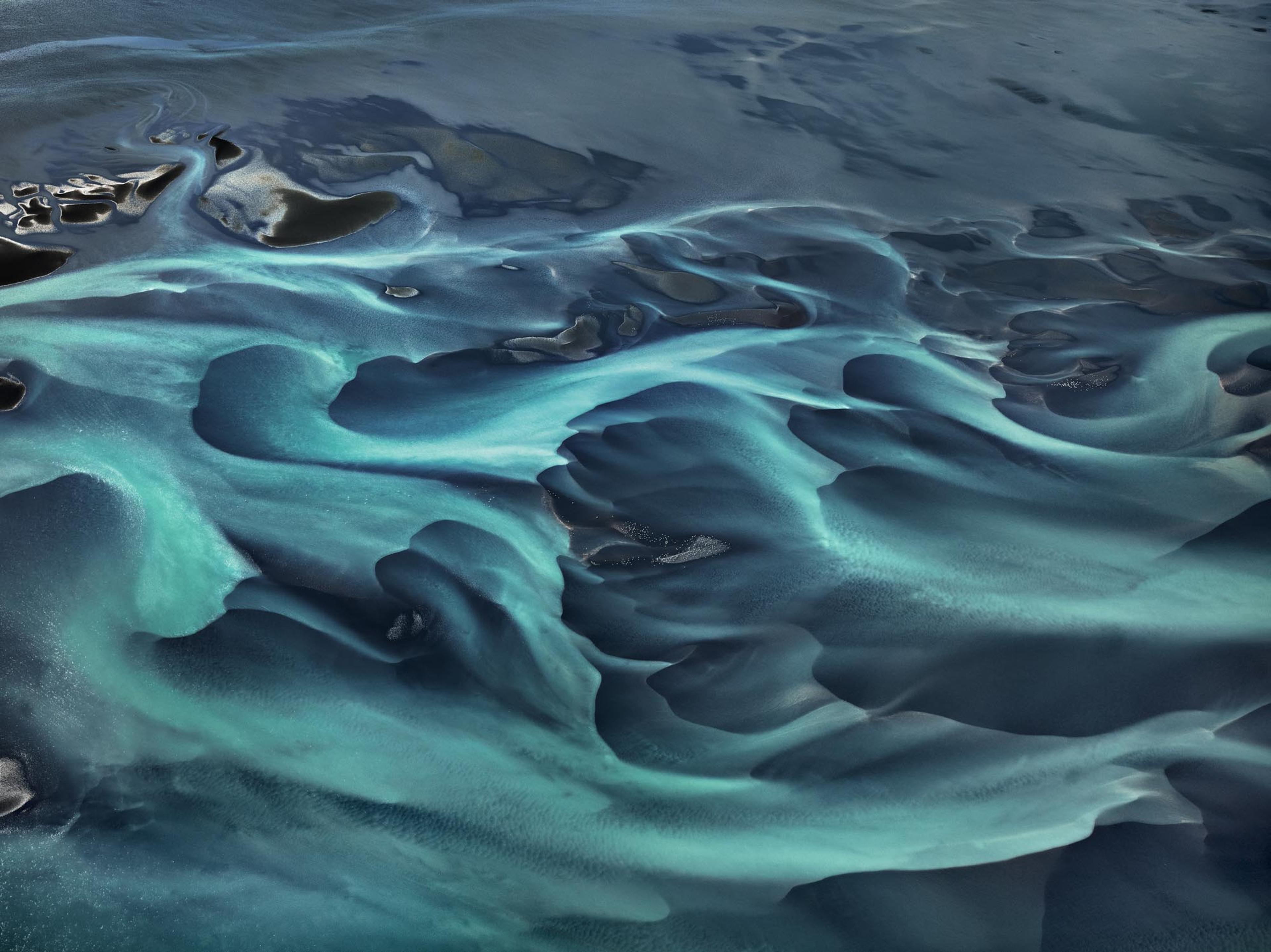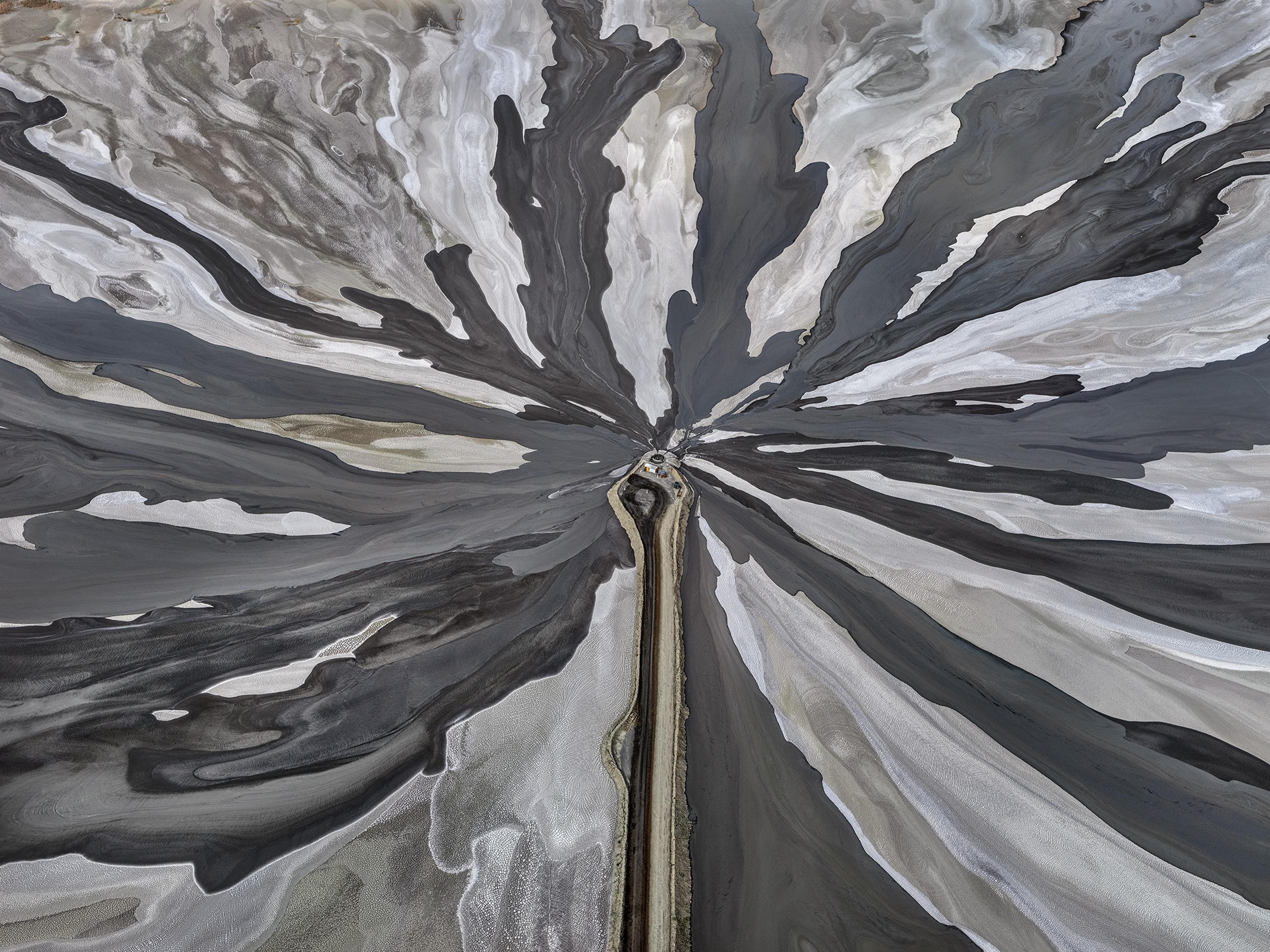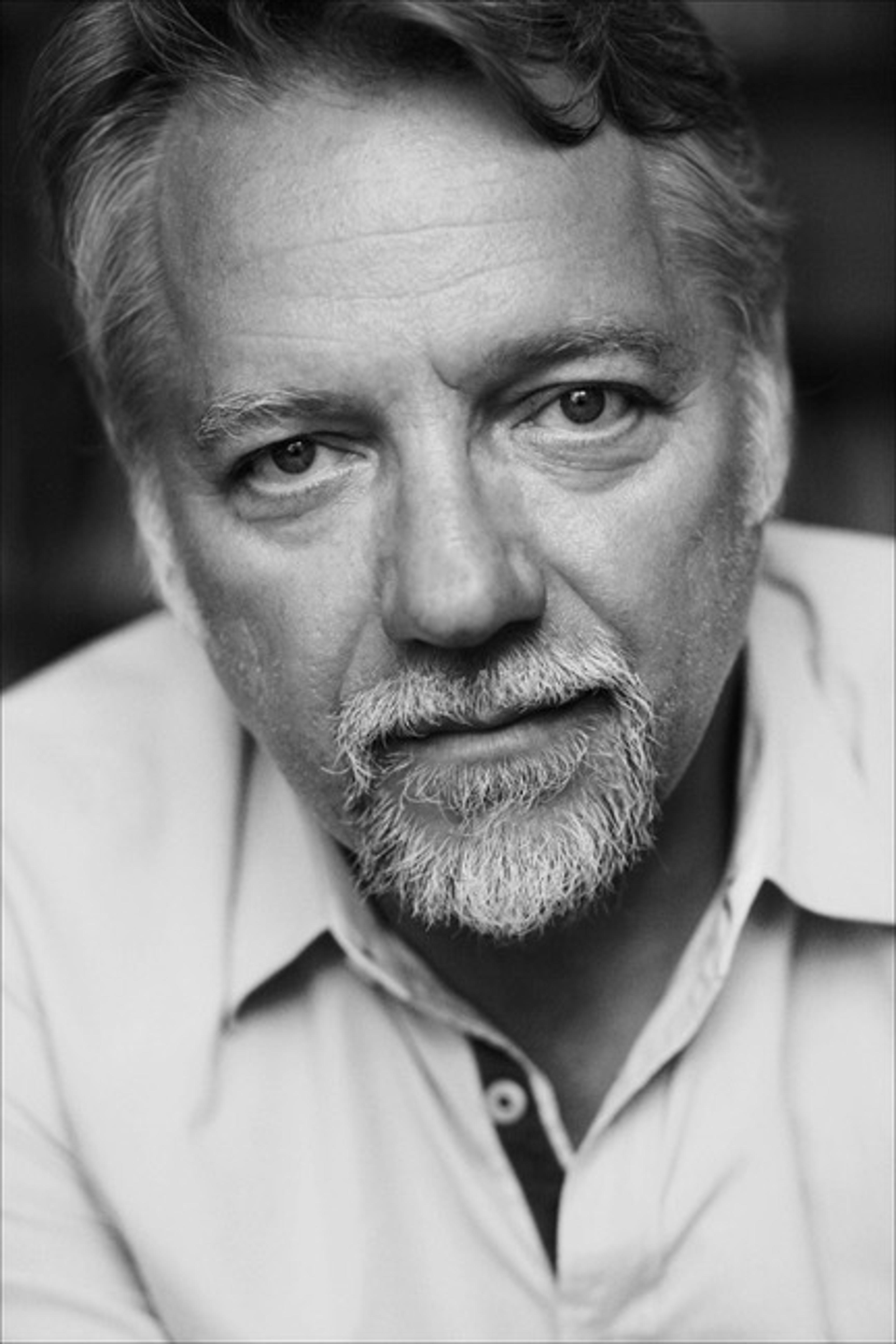Edward Burtynsky
Abstraction and the Altered Landscape

ABOUT THE EXHIBITION
Fotografiska Shanghai’s inaugural exhibition, Abstraction and the Altered Landscape brings together Edward Burtynsky’s selected works from two distinct projects that share a commonality. During the 40-year evolution of the artistic practice, abstraction has increasingly become a central mode of expression for Burtynsky. Edward Burtynsky considers the objective of the work as satisfying not only impulses for inquiry and discovery, but also for seeking transformation. While there may be photojournalistic overtones in this work, the deeper concern is a desire to create large, detailed, painterly images into which the viewer is drawn not only by their formal aesthetic appeal, but also by the underlying subject matter. What in a photograph might seem like pointillist calligraphy or gestural brushstrokes, turns out to be swaths of industrial overburden or the tailings of a mining operation. This collision of form and content is important; it becomes a gestalt, so that the whole is greater than the sum of its parts, providing balance and access to both information and aesthetic realisations.

Most of the photographs in this exhibition were taken from fixed-wing aircraft, helicopters and drones, so there is a visual continuity in seeing the landscape from lofty perspectives, revealing the designs, structure and scale of the Earth’s surface. They are vistas invisible from ground level. Edward Burtynsky has made frequent use of remote-controlled drones in order to position the camera at low to middle-distance altitudes, outside of conventional aviation airspace. This advance in technology has allowed for more precision in selecting viewpoints, where Burtynsky often eliminates the horizon line of a landscape to enhance the sense of abstraction.

ABOUT THE ARTIST
Edward Burtynsky is regarded as one of the world's most accomplished contemporary photographers. His remarkable photographic depictions of global industrial landscapes represent over 40 years of his dedication to bearing witness to the impact of human industry on the planet. Burtynsky's photographs are included in the collections of over 80 major museums around the world, including the National Gallery of Canada in Ottawa; the Museum of Modern Art, the Metropolitan Museum of Art, and the Guggenheim Museum in New York; the Reina Sofia Museum in Madrid; the Tate Modern in London, and the Los Angeles County Museum of Art in California.

Burtynsky was born in 1955 of Ukrainian heritage in St. Catharines, Ontario. He received his BAA in Photography/Media Studies from Toronto Metropolitan University (formerly Ryerson University) in 1982, and has since received both an Alumni Achievement Award (2004) and an Honorary Doctorate (2007) from his alma mater. He is still actively involved in the university community and sits on the board of directors for The Image Centre (formerly Ryerson Image Centre).
In 1985, Burtynsky founded Toronto Image Works, a darkroom rental facility, custom photo laboratory, digital imaging, and new media computer-training centre catering to all levels of Toronto's art community.
Early exposure to the General Motors plant and watching ships go by in the Welland Canal in Burtynsky’s hometown helped capture his imagination for the scale of human creation, and to formulate the development of his photographic work. His imagery explores the collective impact we as a species are having on the surface of the planet — an inspection of the human systems we've imposed onto natural landscapes.
Exhibitions include: Anthropocene (2018) at the Art Gallery of Ontario and National Gallery of Canada (international touring exhibition); Water (2013) at the New Orleans Museum of Art and Contemporary Art Center in Louisiana (international touring exhibition); Oil (2009) at the Corcoran Gallery of Art in Washington D.C. (five-year international touring show), China (toured internationally from 2005 - 2008); Manufactured Landscapes at the National Gallery of Canada (toured from 2003 - 2005); and Breaking Ground produced by the Canadian Museum of Contemporary Photography (toured from 1988 - 1992). Burtynsky's visually